Change your music for good – play Yamaha
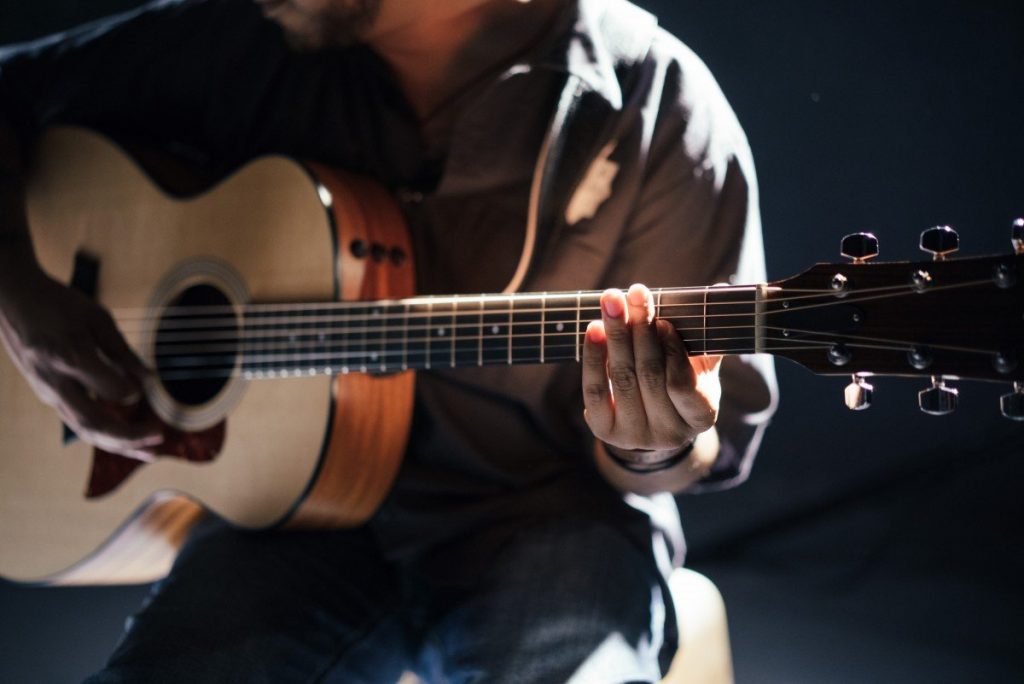 One of the reasons artists are swayed toward Yamaha acoustic guitars is because this brand is probably one of the most well-known names out there, meaning it reliable and consistent with the quality of the instruments it produces. Yamaha is an experienced name with an amazing understanding of the pulse and rhythm of their customers and what it takes therefore to make a market an excellent guitar.
One of the reasons artists are swayed toward Yamaha acoustic guitars is because this brand is probably one of the most well-known names out there, meaning it reliable and consistent with the quality of the instruments it produces. Yamaha is an experienced name with an amazing understanding of the pulse and rhythm of their customers and what it takes therefore to make a market an excellent guitar.
Not to mention, this also includes a wide range of guitars; Yamaha perhaps has the largest guitar collection of any musical instrument brand, and this means that when they say they have something for everyone – medium player, beginners, intermediate musicians, and even kids – they really do have a massive offering with all kinds of guitar designs and styles.
Overall the value of their guitars can’t be beat and they end up beating out all other competitors in their market. These acoustic guitars are highly affordable without sacrificing parts or design to be that way, making the guitar itself the most valuable part. Each instrument goes through rigorous custom handling and shaping for a great sound that equals an even greater field of performance – not to mention the added accessories that Yamaha offers for all their instruments.
Acoustic guitar cleaning tips
First off you’re going to want a soft cleaning cloth; there are specialty cleaning clothes, but these are fairly expensive and not actually always that good for a particular guitar. Your local music stores will typically offer cleaning cloths or ‘polishing cloths’ for free, otherwise you can use any scrap of cloth made of 100% old cotton tissue – do not use paper towels as many can actually scratch a delicate finish.
Remember to wipe down your guitar using circular motions at the end of every practice or playing session – you do this every time because it greatly limits the amount of dirt buildup and therefore makes it unlikely that you’ll need to do deeper cleanings in the future. You can simply wipe most areas of the cloth, but since dust tends to collect most under the strings and near the bridge of the guitar this should be the major focus of your cleaning. Light smudges and fingerprints are best cleaned with a barely moist cloth – even just a puff of your breath or one spray of water on a cloth should be enough to get the job done.
As little moisture as possible is best for a guitar, because on the off chance your instrument has tiny cracks, getting moisture into those breaks will cause swelling and therefore change or otherwise effect the sound. This is why you don’t want to directly spray your guitar with water or Windex cleaner; but once you’re done dusting it never hurts to use a light wood polish.
Price tag
The Yamaha brand is known for its affordability, you really won’t find other competitors on the market which can compare. For their guitars, Yamaha has an excellent price point which rarely rises or falls below its sell-by value, and for the materials and hardware used the price is often a steal you wouldn’t be able to find anywhere else.
Consider following features to choose your ideal Yamaha acoustic guitar
Many of the following features you’ll have seen listed in the product reviews above. In this section we further elaborate on these features and how they change the dynamics of an instrument.
Inspecting the body
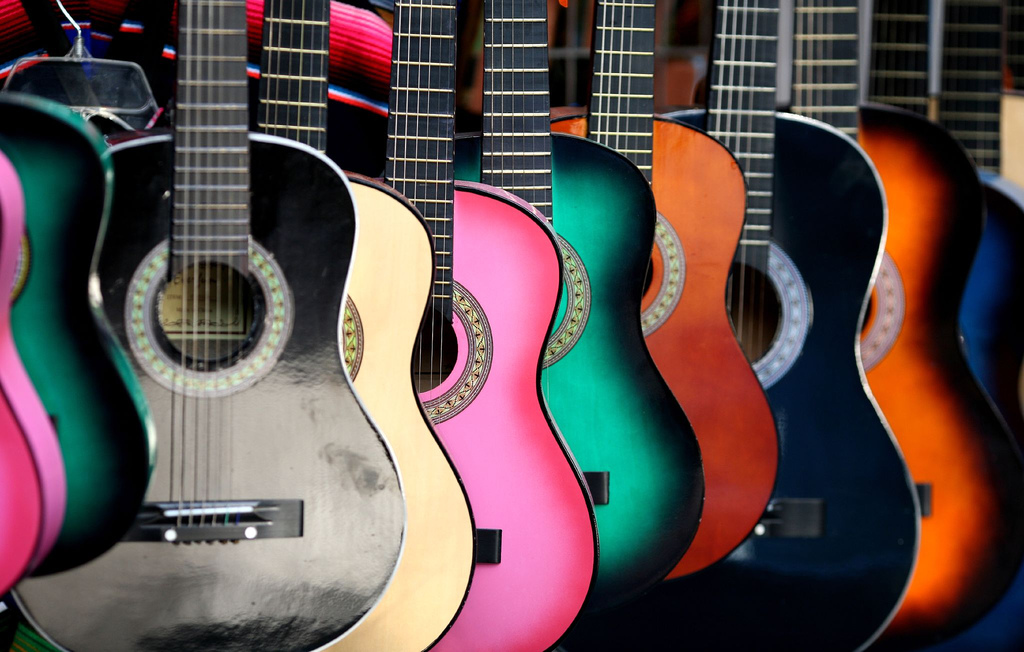 Obviously, you won’t be able to inspect the guitar body of an instrument purchased offline, but for when you do or if you’re able to somewhat with images, here is some information which will help make that good start. The body of an acoustic guitar is composed of the top – usually called the soundboard – and the top is typically supported by internal bracing which honestly makes one of the largest differences when it comes to sound. For instance, the unique internal bracing used in the Yamaha FS850 gives it that excellent bluesy sound.
Obviously, you won’t be able to inspect the guitar body of an instrument purchased offline, but for when you do or if you’re able to somewhat with images, here is some information which will help make that good start. The body of an acoustic guitar is composed of the top – usually called the soundboard – and the top is typically supported by internal bracing which honestly makes one of the largest differences when it comes to sound. For instance, the unique internal bracing used in the Yamaha FS850 gives it that excellent bluesy sound.
Next, it’s the sides and back of the guitar forming together which creates the hollow chamber, where the body curves help create a part of the instrument known as the upper and lower bout. The bout greatly influences the shape or waist of the guitar and likewise both the sound and playability of an instrument – the dreadnaught shape is a clear favorite for this reason. Guitars like the Yamaha FG-TA and Yamaha FG800 greatly illustrate how guitar body can affect sound. Finally, the sound hole through which sound projects, should be aligned with the waist at the base of the fretboard; the sound hole is often fitted with a protective pickguard made of plastic or other materials.
Choose the shape and size
The size of a guitar and the shape of its neck varies by manufacturer, so it makes sense to search for an instrument that you find easy to play. There are many types of guitars, from classical guitars that have been around for many years, to electric guitars used to play rock and jazz. Each type has its own unique way of expressing sound based on a variety of features, the foremost being the neck length/shape and the second being the wood type used throughout the guitar.
Look at the tonewood
Spruce wood sets the standard wood use for tops because its high rigidity combined with lightweight feel make for a natural high velocity sound; it has direct tone capable of retaining clarity – meaning its ideal for sustained notes. Cedar, when used, creates a balanced warm sound and it’s a wood particularly favored by fingerstyle players for its quick and rich response.
Mahogany actually has one of the lowest response rates due to its considerable density, however its often mahogany guitars which offers than strong ‘punchy’ tone we associate with blue music. Likewise, Maple is very similar to mahogany, except as it ages it tends to be less predictable (sound-wise) and create unique tonal characteristics. Finally, Rosewood is known for its high response rate – this is why you so often see rosewood parts in addition to full mahogany bodies – rosewood offers a wide range of overtones and overall has one of the darkest tone sounds.
Frets and scale length
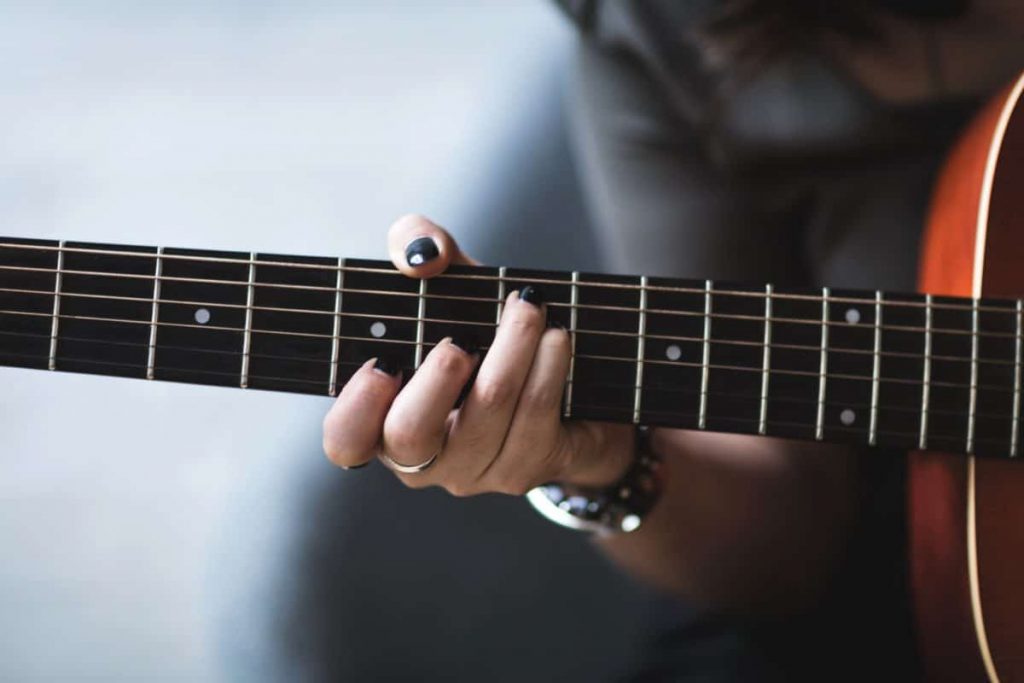 A guitar neck contains something called the ‘truss rod’, typically made of metal. It’s this rod that prevents your instrument from bowing and twisting against string tension and environmental factors. As you adjust a truss rod you correct any intonation issues; this can be done either at the headstock itself or just inside the guitar at the base of the neck. The fretboard runs along the top side of the neck (also called the fingerboard) and is usually a separate piece of wood glued into place and constructed most commonly from ebony or rosewood.
A guitar neck contains something called the ‘truss rod’, typically made of metal. It’s this rod that prevents your instrument from bowing and twisting against string tension and environmental factors. As you adjust a truss rod you correct any intonation issues; this can be done either at the headstock itself or just inside the guitar at the base of the neck. The fretboard runs along the top side of the neck (also called the fingerboard) and is usually a separate piece of wood glued into place and constructed most commonly from ebony or rosewood.
Thin strips of metal, called frets, are embedded in the wood along half-step increments across the 12-tone scale to show where different notes are played. Most guitar fretboards have inlaid dots or symbols on the odd-numbered frets, starting with the third – excluding the 11th and 13th in favor of the 12th, or the octave. Thus, the longer the scale, often the longer the fretboard. The shorter the neck, the shorter the scale as in the case of the Yamaha JR2TBS. As for the fretboard width, it’s pretty standard on all models, though might be a little wider on more advanced instruments, like twelve-string guitars.
Should you opt for an acoustic-electric?
For beginners wondering the main difference or which type of guitar is better to start with, you should know that an acoustic-electric guitar is not a cross between an electric and an acoustic guitar, instead it’s just an acoustic guitar with the addition of electronics that make it easier to amplify your sound. So that’s pretty much your answer: if you want a louder sound for street performances, concerts, etcetera, an acoustic-electric will allow for that and can even often be connected to an external amp (you can get a high-quality guitar amp for under 200 dollars only) for even more sound. It all depends on your needs. For beginner needs, we suggest the very affordable Yamaha LL16-12ARE.
Bridges explained
Put simply, the bridge is a piece of wood placed below the soundhole, it’s the thing which anchors the strings and transfers what you play on them through vibrations to the hollow body of the guitar. Bridge pins connect into the holes on the bridge to anchor the strings in place.
Accessories recommended
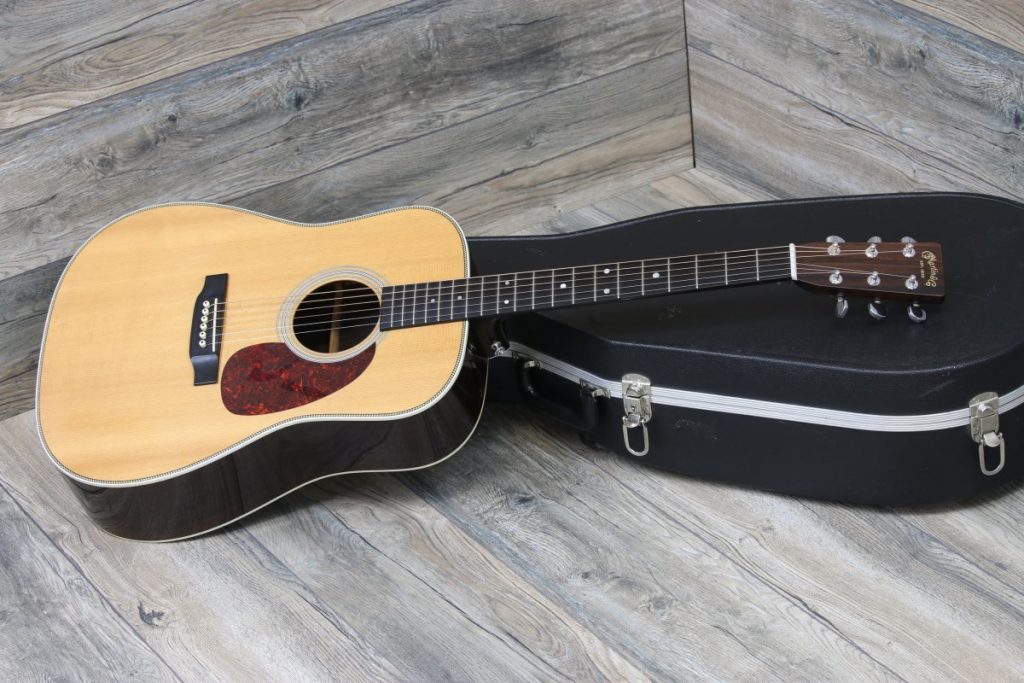 Some great accessories which will add to your guitar and your playing experience include: gold-colored bronze bass strings (preferably 80/20 rating, meaning 80% copper and 20% bronze) because they offer a bright timbre and louder volume. You might need to restring your guitar if you’re a leftie, or simply get a special left-hand acoustic guitar in that case. Clip on tuners are a must because they make tuning more exact and faster while you’re on the go. Capotastos to fit over the head of your guitar when changing the sound – though make sure the one you purchase is sized for your specific instrument. And if your guitar doesn’t come with one, then definitely consider getting a protective hard case or a gig-bag for protecting and carrying your guitar everywhere you go.
Some great accessories which will add to your guitar and your playing experience include: gold-colored bronze bass strings (preferably 80/20 rating, meaning 80% copper and 20% bronze) because they offer a bright timbre and louder volume. You might need to restring your guitar if you’re a leftie, or simply get a special left-hand acoustic guitar in that case. Clip on tuners are a must because they make tuning more exact and faster while you’re on the go. Capotastos to fit over the head of your guitar when changing the sound – though make sure the one you purchase is sized for your specific instrument. And if your guitar doesn’t come with one, then definitely consider getting a protective hard case or a gig-bag for protecting and carrying your guitar everywhere you go.
Warranty
Yamaha offers a limited warranty on their hardware and electronics for up to a year’s time since the date of purchase, however they offer a full lifetime warranty for all parts of the body includes sides, back, top, front, fretboard, and neck.






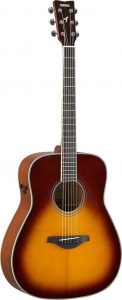
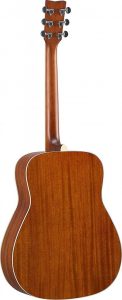
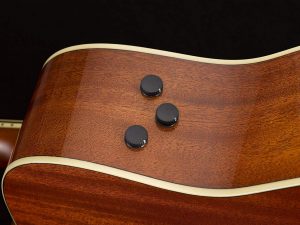
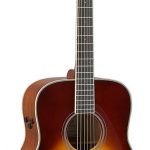
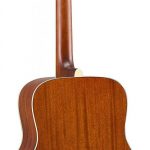
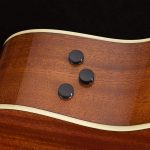
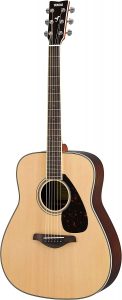
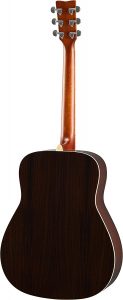
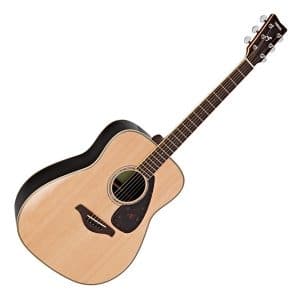
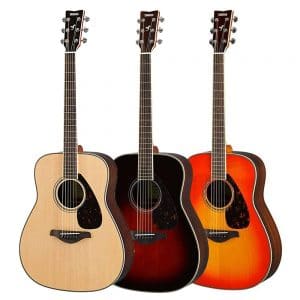
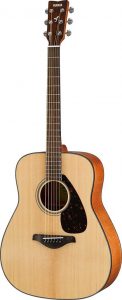
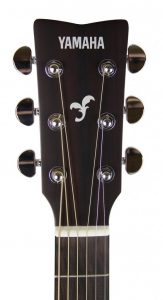
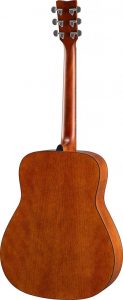
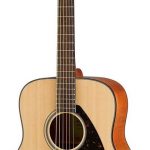
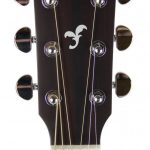
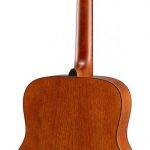
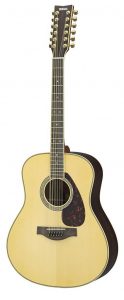
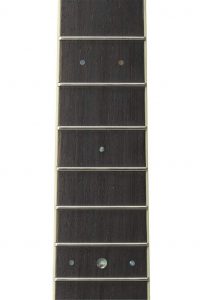
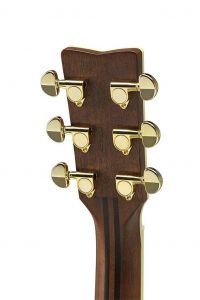
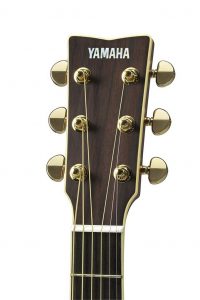
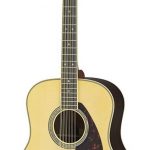
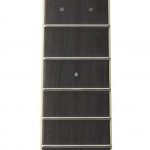
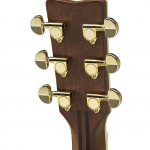
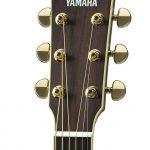
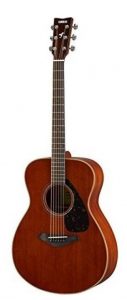
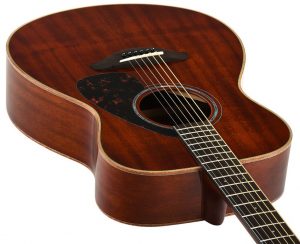
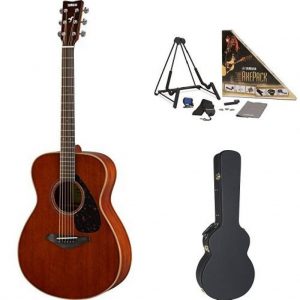
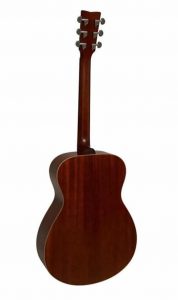
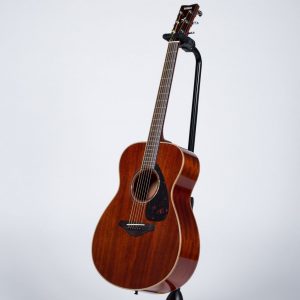
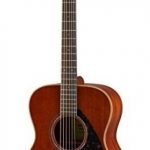
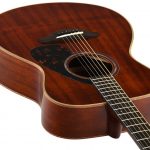
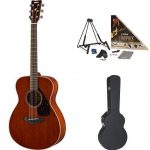
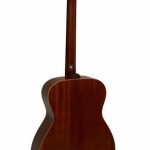
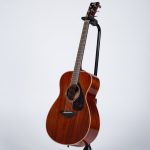
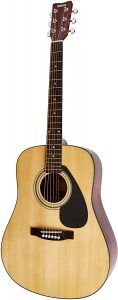
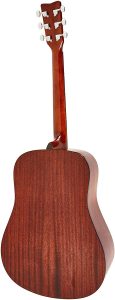
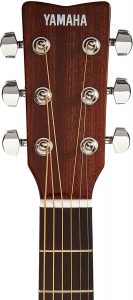
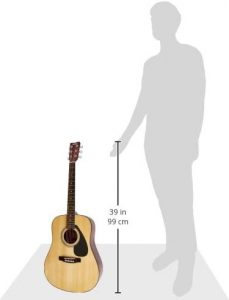
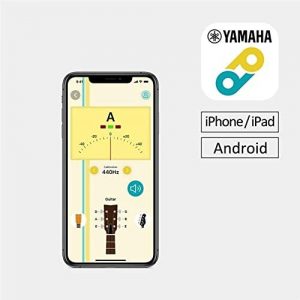
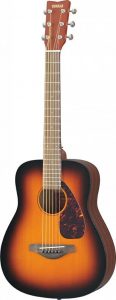
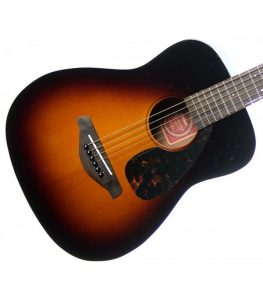
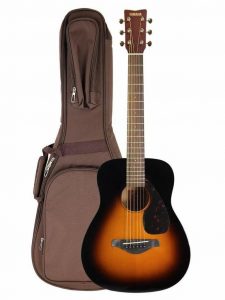
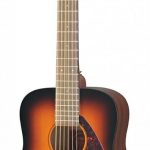
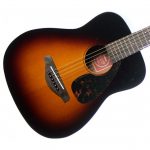
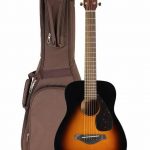
 One of the reasons artists are swayed toward Yamaha acoustic guitars is because this brand is probably one of the most well-known names out there, meaning it reliable and consistent with the quality of the instruments it produces. Yamaha is an experienced name with an amazing understanding of the pulse and rhythm of their customers and what it takes therefore to make a market an excellent guitar.
One of the reasons artists are swayed toward Yamaha acoustic guitars is because this brand is probably one of the most well-known names out there, meaning it reliable and consistent with the quality of the instruments it produces. Yamaha is an experienced name with an amazing understanding of the pulse and rhythm of their customers and what it takes therefore to make a market an excellent guitar. Obviously, you won’t be able to inspect the guitar body of an instrument purchased offline, but for when you do or if you’re able to somewhat with images, here is some information which will help make that good start. The body of an acoustic guitar is composed of the top – usually called the soundboard – and the top is typically supported by internal bracing which honestly makes one of the largest differences when it comes to sound. For instance, the unique internal bracing used in the
Obviously, you won’t be able to inspect the guitar body of an instrument purchased offline, but for when you do or if you’re able to somewhat with images, here is some information which will help make that good start. The body of an acoustic guitar is composed of the top – usually called the soundboard – and the top is typically supported by internal bracing which honestly makes one of the largest differences when it comes to sound. For instance, the unique internal bracing used in the  A guitar neck contains something called the ‘truss rod’, typically made of metal. It’s this rod that prevents your instrument from bowing and twisting against string tension and environmental factors. As you adjust a truss rod you correct any intonation issues; this can be done either at the headstock itself or just inside the guitar at the base of the neck. The fretboard runs along the top side of the neck (also called the fingerboard) and is usually a separate piece of wood glued into place and constructed most commonly from ebony or rosewood.
A guitar neck contains something called the ‘truss rod’, typically made of metal. It’s this rod that prevents your instrument from bowing and twisting against string tension and environmental factors. As you adjust a truss rod you correct any intonation issues; this can be done either at the headstock itself or just inside the guitar at the base of the neck. The fretboard runs along the top side of the neck (also called the fingerboard) and is usually a separate piece of wood glued into place and constructed most commonly from ebony or rosewood. Some great accessories which will add to your guitar and your playing experience include: gold-colored bronze bass strings (preferably 80/20 rating, meaning 80% copper and 20% bronze) because they offer a bright timbre and louder volume. You might need to restring your guitar if you’re a leftie, or simply get a special
Some great accessories which will add to your guitar and your playing experience include: gold-colored bronze bass strings (preferably 80/20 rating, meaning 80% copper and 20% bronze) because they offer a bright timbre and louder volume. You might need to restring your guitar if you’re a leftie, or simply get a special 




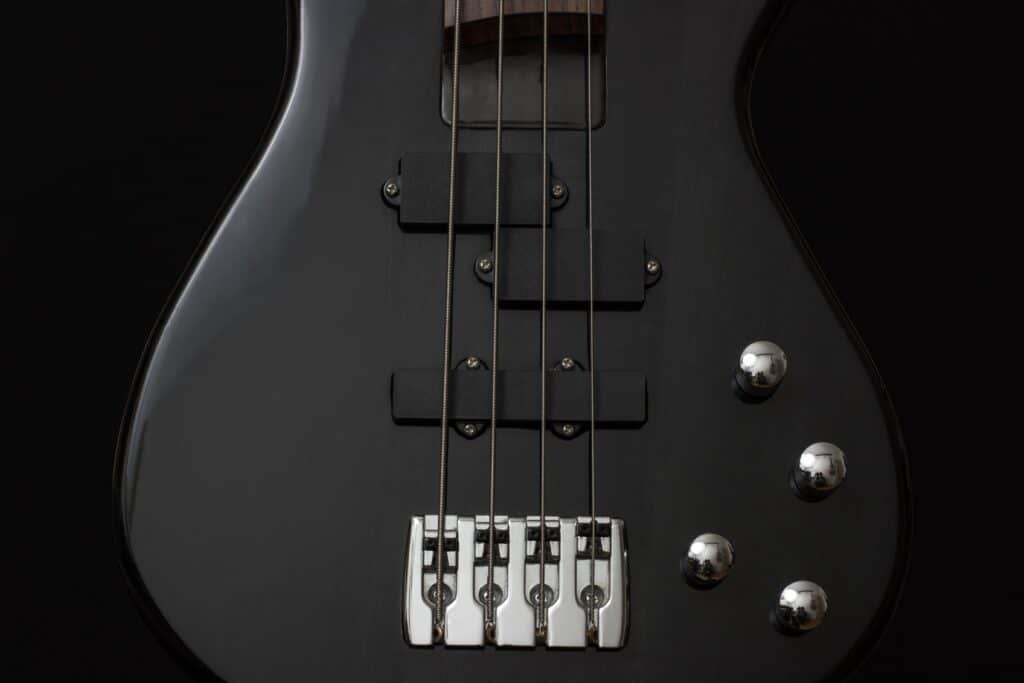
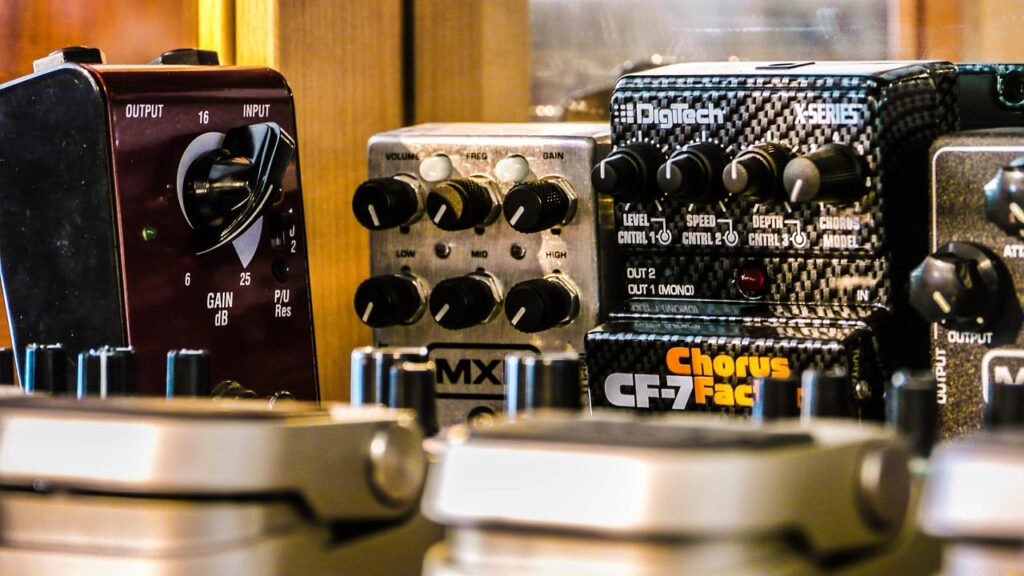

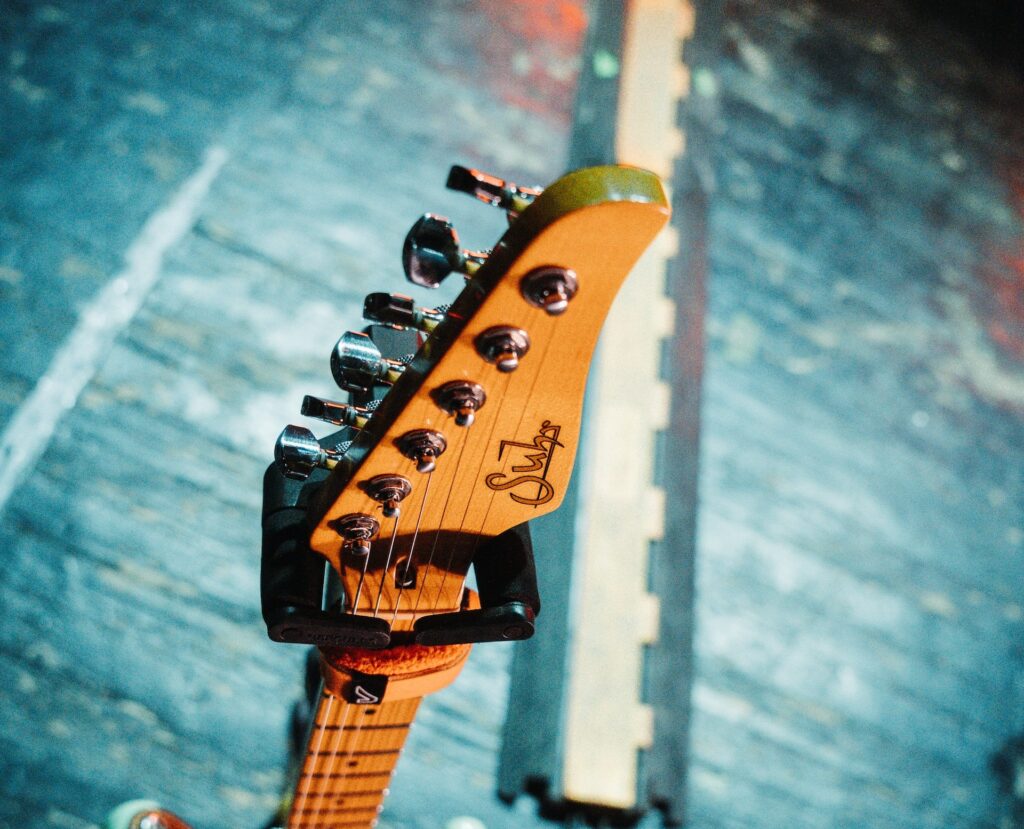
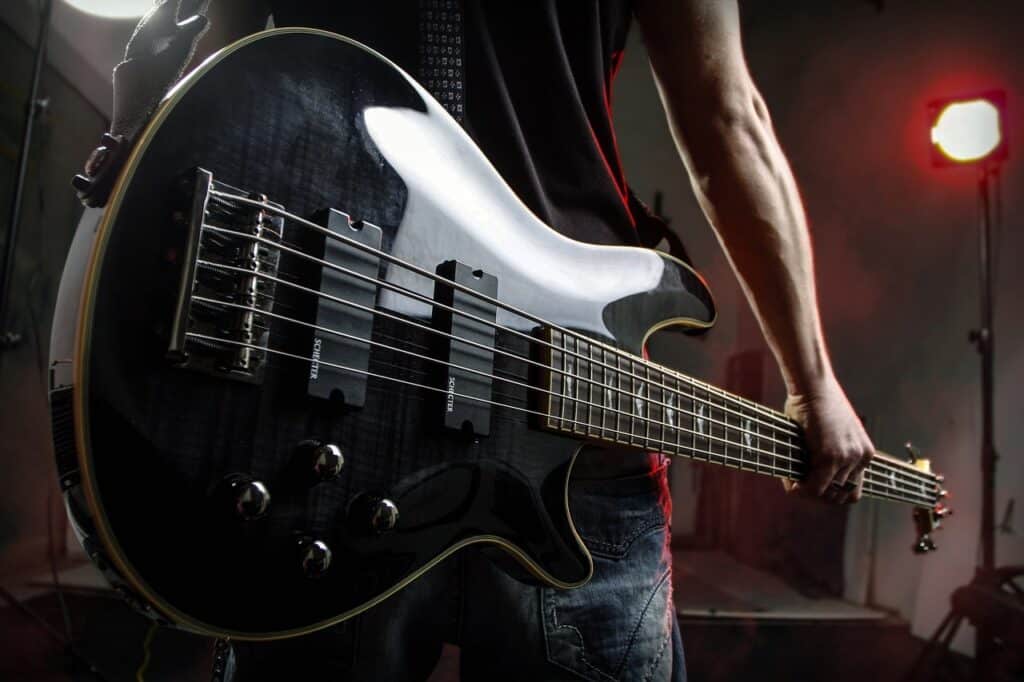
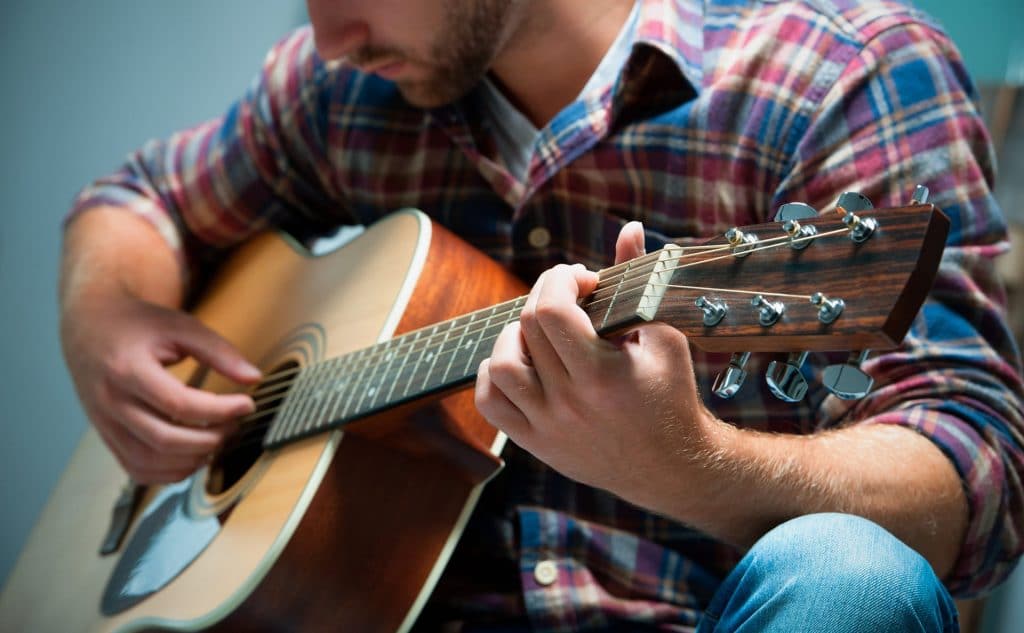
Good lord. I love Yamaha instruments because of a consistent quality assurance and just overall good product. I’m gonna complain though because there is an acoustic you don’t have in this listing that you should really consider. The FGX5/FGS5 are both extremely amazing guitars. I picked it versus a god damn D35 Martin because it was half the price and sounded just as good in a lot of regards. They make two versions of this red label guitar which is a remake of what they had during the 60s and 70s. The ones made in Japan and then the ones in China. Do yourself a god damn favor and pick up the one that is Japanese made. They cost around 1400-1500 dollars and are worth every damn penny.
Hello there! Thank you for your feedback and for sharing your love for Yamaha instruments. We appreciate your passion and enthusiasm for the FGX5/FGS5 acoustic guitars.
We understand your frustration regarding the specific model not being included in our listing. Our aim is to provide a wide range of products to cater to different preferences and budgets. However, we appreciate your suggestion and will definitely consider adding the FGX5/FGS5 to our inventory in the future.
It’s great to hear that you found the Yamaha FGX5/FGS5 to be an amazing guitar, especially when compared to other well-known brands. We agree that Yamaha offers consistent quality assurance and excellent value for money.
Regarding the manufacturing origins, we understand your preference for the Japanese-made version. It’s worth noting that Yamaha has a reputation for producing high-quality instruments regardless of the manufacturing location. However, we understand that personal preferences may vary.
Thank you for taking the time to share your thoughts and recommendations. We value customer feedback, and it helps us improve our offerings. If you have any further questions or need assistance, please feel free to reach out. Happy playing!